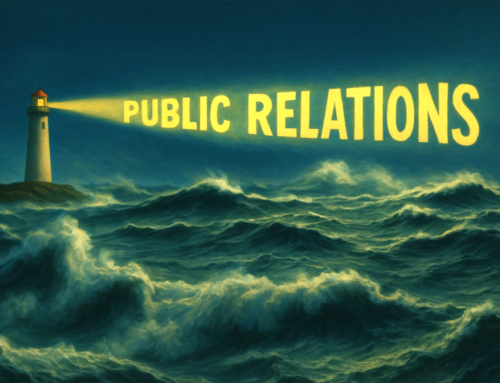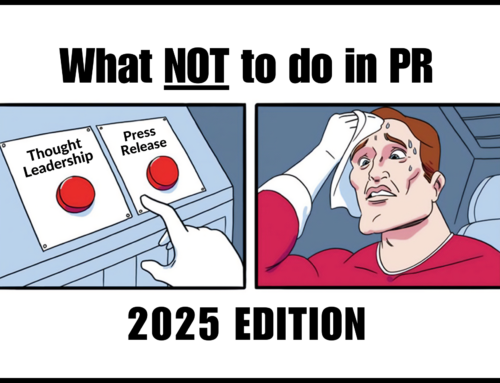
Batten down the hatches!
New technologies are rapidly transforming business processes of all kinds. Policy and compliance requirements are shifting across industries; cyberattacks are on the rise; AI has gone mainstream, as have the concerns; drones are taking over many once laborious and cost-prohibitive tasks; and healthcare technology is enabling greater precision and better patient outcomes.
The news environment is embroiled in a general election cycle and global conflicts, and much change is afoot. Economic uncertainty has dampened some tech segments. To say the least, the years following the pandemic have been filled with shifting tides, even as innovation continues to press forward.
Yet, businesses and industries are seeking ways to evolve, meet new demands, and drive productivity. As we enter mid-year, new momentum is emerging. Technology and healthcare technology companies are pressing forward, driven by increasing demand, a slightly brighter economic outlook, and the need to carve out their leadership positions.
What is the smart way to approach PR amid change? Here are my top recommendations on key components of a high-ROI PR strategy amid chaos.
Your Decision Makers are the Compass
To establish a high ROI PR strategy, innovation companies need to lean into exploring the specific issues and pain points of their persona audiences. Everything driving conversion needs to be reflected in the PR positioning–but in a way that captures the customer’s challenges and solutions. The PR campaign needs to go a step further, too; it needs to inform target audiences of not only what’s happening but also what’s to come in their market.
Take this far – really far. anthonyBarnum advises sidestepping any non-relevant opportunities to ensure priority messages are what is featured in coverage.
Let the PR campaign and strategically important marketing messages reflect one another….
But Be Relevant in the Approach
Yes, the PR campaign should reflect the key messages of marketing, but the PR team should lead the way to make it relevant to the news environment. The media want to cover thought leadership and technical advancement in a way that includes a timely news hook. The most successful ways of doing so are through industry-specific microtrends, larger-scale macro trends, and countertrends in both categories.
Marketers should expect their PR team to create angles for the news environment that interpret business objectives. Marketers should not have to do the actual interpreting in a vacuum; it’s up to PR to understand how to transition important customer concepts into ideas that will resonate in the editorial environment.
Also, marketers should follow the PR team on this. Editorial coverage will not sound and look like content marketing. Let the PR team serve as the translators between these two domains.
The PR Initiative Should be Intense
To reach outcomes of 3 to 7 placements per month on a recurring basis in targeted media environments, the campaign needs to be intense and continuously regenerate thought leadership concepts. To accomplish this, the PR team needs to be creative and adapt core product and solution narratives to emerging news concepts that are of value to targeted customers and the news media that reaches them. This requires ongoing research and media canvassing. It requires a PR team that is informed and on the lookout.
Intense thought leadership outreach translates into the PR team creating at least two new and targeted concepts per month. Each one has to resonate with different facets of the targeted news media environment. Slippage in the frequency and originality of the thought leadership will slow outcomes.
It’s Better to Have a Lower Budget Longer
The best outcomes come from iterative outreach to the media over time. anthonyBarnum’s proprietary media case studies show the curve; coverage intensifies as target media become increasingly familiar with a company, its solution, and its vision for the market. Familiarity and trust that the company has unique and powerful insights translates into higher concentrations of coverage.
Pairing consistent thought leadership with meaningful and well-articulated news will generate concentrations of coverage. Marketers should look at their campaigns holistically to maximize ROI over time. While results occur even in the first weeks of our campaigns, the layers of coverage that create 5 to 7 thought leadership-related placements going live within a few days of one another require a few months to build.
By the time a company is at this point, they’ve won a serious battle; competitors will not be able to catch up easily.
It’s Chaos but Stay Focused
It’s a noisy, exhausting news environment, but tech company customers are pressing forward to make decisions – so should tech marketers. As we hit July and vacations happen, we are but a few weeks from the real crunch time – Q4. Executing a strategic PR campaign now will set tech marketers up to not only reach their target customers in the fall but also saturate their strategic messages by Q4.





